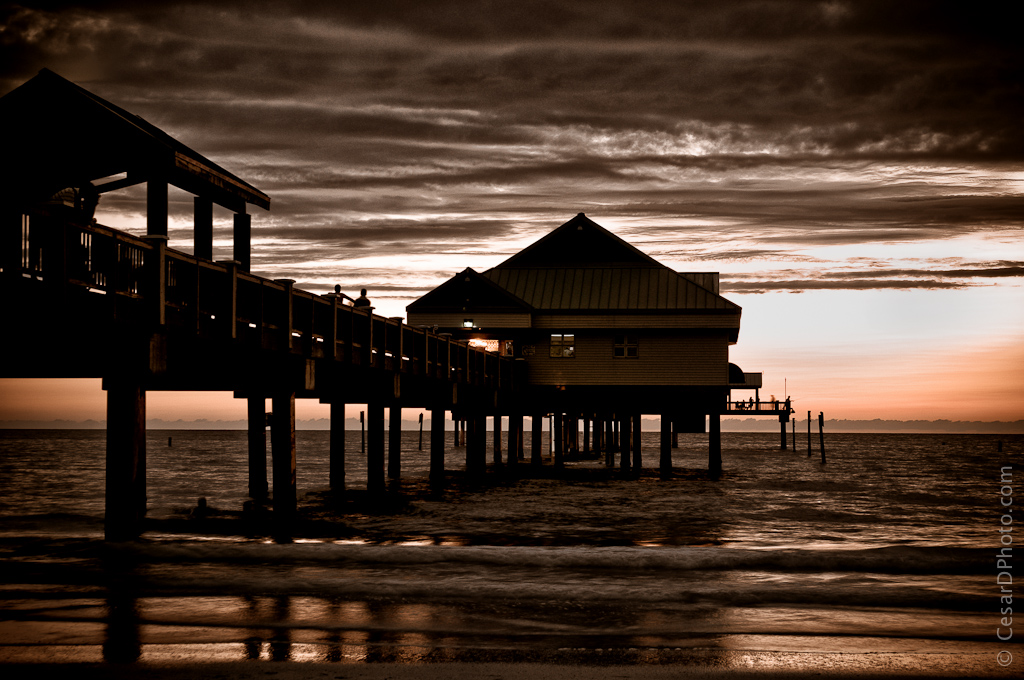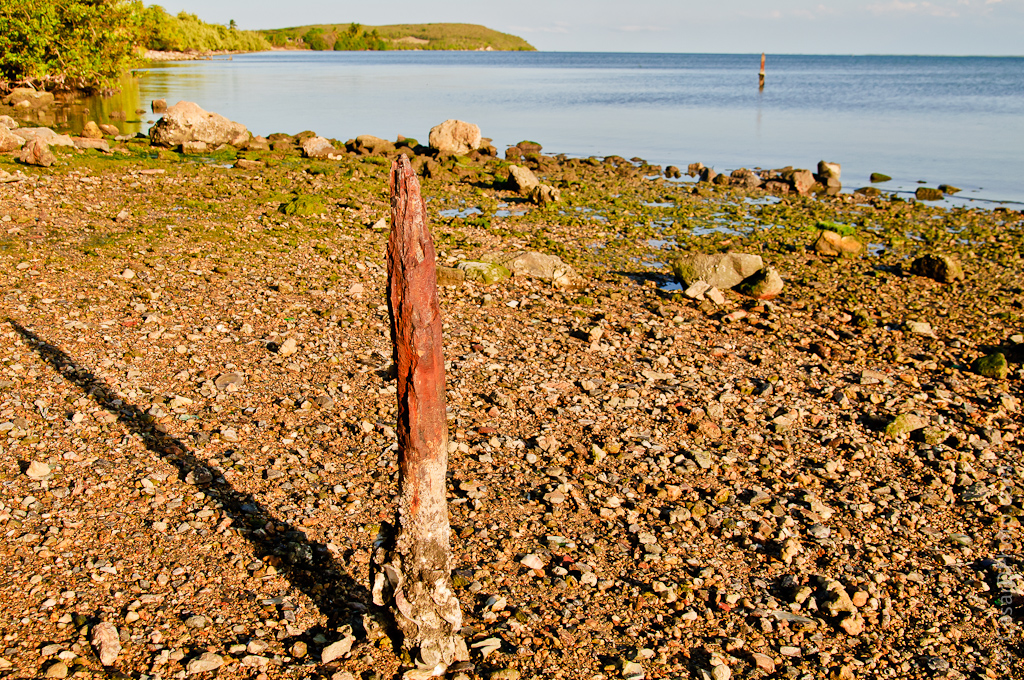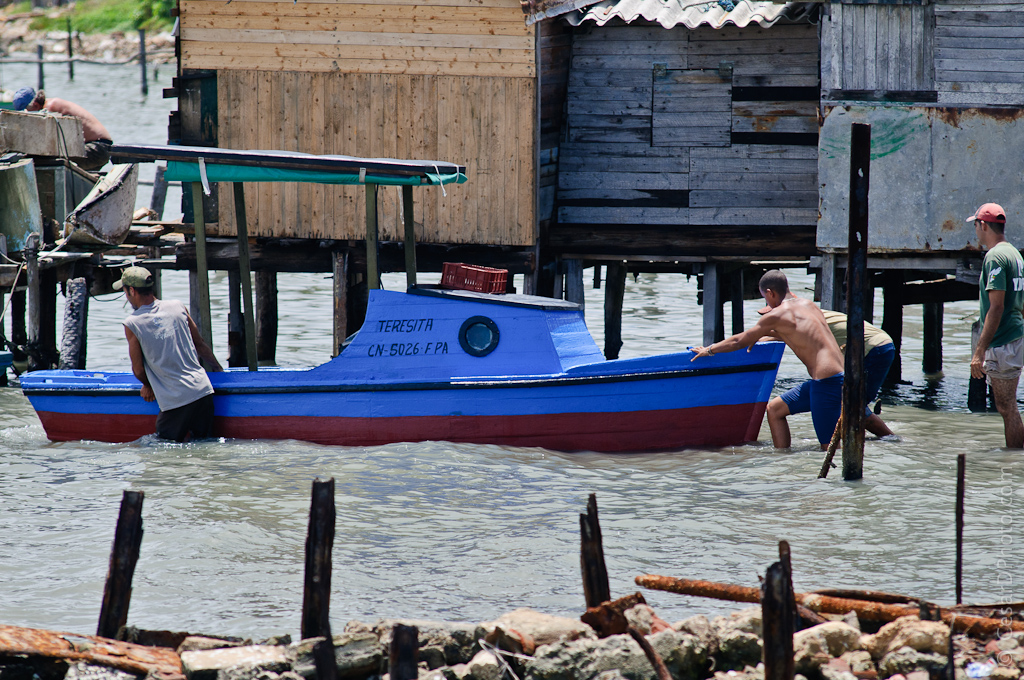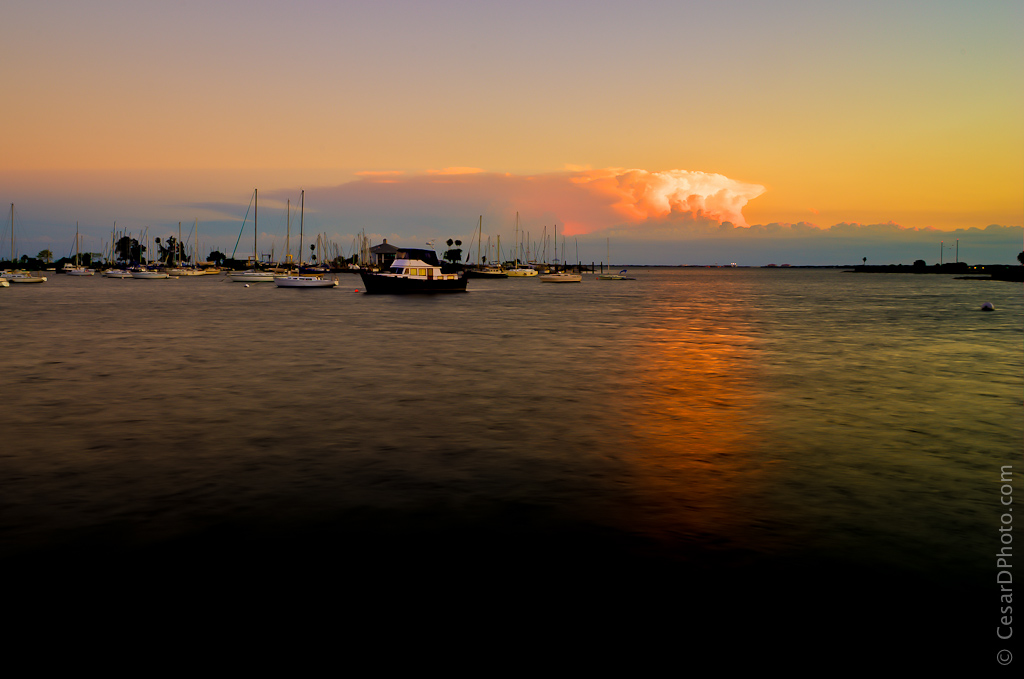Certain environments lend themselves as better photographic subjects than others. The waterfront is one such environment, whether it’s the vast oceans, calm bays, lazy rivers or busy harbors. So the next time you find yourself and your camera on the waterfront—at a marina, pier or shoreline, follow a few simple tips to get great photographs.
Boats, with their many interesting angles, shapes and accessories, make great subjects. With boats bobbing gently in their slips, capturing beautiful shots is easy. Just be sure to time it right. As with any photograph you take, the better the light, the better the image. Take advantage of the reflective quality of water. Try shooting in more than one direction, paying particular attention to the position of the sun. When you shoot early in the morning or late in the day, long shadows cast by boats and other objects can add to the interest in your photographs. You can also use the lighting to your advantage to get great reflections, as well as silhouettes.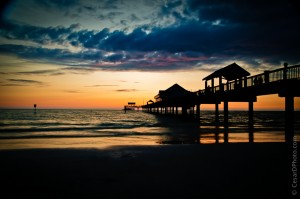 You can use the light as a tool to make a photograph that appears monochromatic. Monochrome usually refers to B&W but it can also refer to an image that features only one color. For example, if you shoot a silhouette of a lone sailboat in the middle of the water and both the sky and water are shades of blue, you’ve made a monochromatic image with blue tones. Photographing at sunset can offer up warm monochromes with shades of only oranges, yellows or reds.
You can use the light as a tool to make a photograph that appears monochromatic. Monochrome usually refers to B&W but it can also refer to an image that features only one color. For example, if you shoot a silhouette of a lone sailboat in the middle of the water and both the sky and water are shades of blue, you’ve made a monochromatic image with blue tones. Photographing at sunset can offer up warm monochromes with shades of only oranges, yellows or reds.
And don’t forget about black and white. Changing your image from color to black and white can really highlight the subject and give your photograph a more artistic feel. You can set your camera to the B&W or monochromatic setting, or convert your color image to B&W with software once you’re back at your computer.
Zoom in on Details
The waterfront is a great place to make some attention-grabbing close-ups. See how close your lens can focus. If you have one, use a Micro-NIKKOR (macro) lens to fill the frame with your subject. Some of the things that make for great macro photos are buildings or boats with chipped or peeling paint, the texture of aged wood or rusted metal, brightly colored objects, such as buoys and floats, and unique signage.
A visit to a busy harbor filled with boats may seem chaotic at first, but when you take a closer look, you’ll see there is actually some organization. Boats lined up in their slips or moored off-shore can provide you with repeating patterns that can be captured with a wide-angle lens. Don’t just shoot the obvious or the first thing that catches your eye. Look for patterns in the ropes or other gear that may be laid out on a dock or boat’s deck. If the tide is low enough and there is a safe area of beach beneath a pier, you can make great photographs using the shape of the pilings and shadows falling on the sand. You can also make interesting photos of the texture and shapes of shells, seaweed, driftwood, rocky shorelines or sand dunes.
Creative Compositions
Different angles can make your photos more interesting. Try shooting down from the pier or dock, capturing small boats with only the water as a background. Use a wide-angle lens to capture fishing gear or lobster traps for example, and the harbor, all in one view. Some of the boats you might encounter when shooting on the water include commercial fishing trollers, speedboats, sailboats, multi-sail vessels, kayaks, rowboats, and even cruise ships.
The Rule of Thirds is a photography technique that says you should place your main subject in one of four intersecting areas that occur if you were to view a scene with a grid of two horizontal lines and two vertical lines (like a tic-tac-toe board) over the scene. The main subject should be placed where the lines intersect. Remember too, that if the subject is facing to one side, you will want to have it facing into the photograph—otherwise it may add tension to the picture, because it will seem like its going to fall out of the frame.
Photograph the People and Wildlife Too
 And while there are plenty of good shots to be made of all the gear that goes into boating, don’t forget the people there, too. A human figure, silhouetted against the water or sky, adds a personal touch. Take pictures of your kids or other family members walking along the shoreline. Ask them to not look directly at the camera, but to act naturally. These candid photos are likely to be your favorites of the day. A weather worn fisherman hard at work fixing or organizing gear might make an interesting photograph. Ask first, if he wouldn’t mind if you take his photo. Most folks will gladly let you take their picture, and some might even pose for the camera.
And while there are plenty of good shots to be made of all the gear that goes into boating, don’t forget the people there, too. A human figure, silhouetted against the water or sky, adds a personal touch. Take pictures of your kids or other family members walking along the shoreline. Ask them to not look directly at the camera, but to act naturally. These candid photos are likely to be your favorites of the day. A weather worn fisherman hard at work fixing or organizing gear might make an interesting photograph. Ask first, if he wouldn’t mind if you take his photo. Most folks will gladly let you take their picture, and some might even pose for the camera.
Don’t forget to look for wildlife! Depending upon where you are, you might see Seagulls and other birds such as Puffins, Ospreys, Herons, Sandpipers or even Eagles. Many areas along the ocean coastline will be teeming with such creatures as Dolphins, Whales, Sea Lions or Turtles. If you’re shooting with a Nikon D-SLR, use a telephoto lens—if you’re using a COOLPIX, zoom in—and you should be able to capture these animals in their own environments. Try zooming in and isolating one animal, or zoom out for a picture that shows multiple animals at play.
OK, good talking for now, sleep tight!
Cesar Out
Notes: Pictures taken with Nikon D300/D700 using Sigma Lenses on Lexar Professional UDMA Digital Film.
P.S. by the way, take a look of the Perfect Layers from onOne Software, the shot of the Pier 60 was post-processed with this tool, is a good tool with the Perfect Suite, if you want to fill your digital photo lab, consider buying this product, will blow you mind away!
